ENERGY CITIZENSHIP
ABC of energy communities within energy citizenship
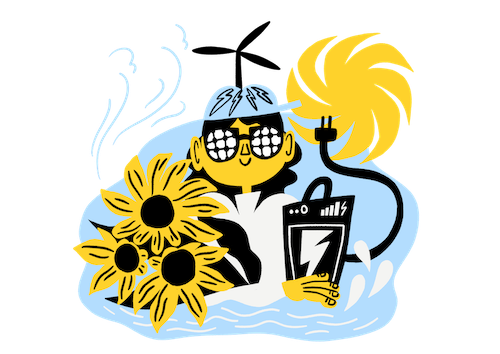
It’s no longer news that adapting to the climate crisis requires major changes to the current energy system. We must break free from fossil energy and find new, environmentally friendly alternatives. The energy crisis has accelerated the need for change, and many of us wondering how to cope with energy bills.
EU is aiming at a 55% cut in greenhouse gas emissions by 2030
When discussing energy issues, we often talk about either
1) the choices of individual people or
2) the actions of the state, energy companies or companies.
One significant question has been overlooked: what can we do as a community? An important means by which the EU has already tried to reduce the use of fossil energy is the directives made a few years ago, which promote the use of new forms of energy and the creation of energy communities.
Energy communities can be one of the keys to a sustainable transition and taming future energy crises. There are already approximately 7, 000 local energy communities in Europe. The GRETA project, which started in 2021, is also investigating how energy citizenship, and specifically energy communities, can be supported. In this article, we will explain what energy citizenship and energy communities are all about.
2 million citizens in 7,000 energy communities

What is energy citizenship all about?
Energy citizenship means that citizens actively participate in energy systems and preferably have a positive impact on the energy transition. This can take many forms, from homeowners opting for renewable energy solutions or households using electric vehicles to participating for instance in climate change demonstrations.
The idea of energy citizenship is often conceptualised as steps on a ladder. The imaginary steps describe how active a citizen or community is in energy matters. The following questions can help each of us think about which step we are on.

FIRST STEP: UNAWARE
You’re not aware of energy issues in general, for example…
You don’t know who your energy provider is or what type of energy you use
You don’t pay attention to the efficiency-level when buying new devices

SECOND STEP: AWARE
You’re interested in your household’s energy issues, for example…
You know what type of energy your household uses
You’re interested in knowing more about sustainable energy options

THIRD STEP: INVOLVED
You’re motivated to save energy and take action, for example…
You use renewable energy
You use energy-efficient devices and services, such as electric vehicles
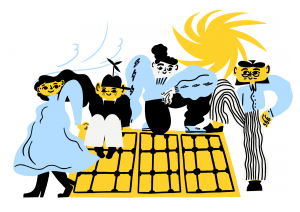
FOURTH STEP: ACTIVE
Your and/or your community can generate, store, consume or sell their energy, and for example…
Buy an electric car for joint use
Build solar panels on roofs
With the European energy crisis, many of us have climbed up the ladder and know much more about energy than before. If several people perform the behavior on the fourth step together it can be called an energy community. Next, let’s look at some examples of energy communities!
How are energy communities created?
Let’s imagine the following situation: The residents of a neighbourhood in a European beach town became concerned that their electricity bills will be increasing. Thus, the residents’ association came up with the idea of establishing their own energy community. According to the residents of the neighbourhood, at least the following aspects are good reasons for the establishment of an energy community:
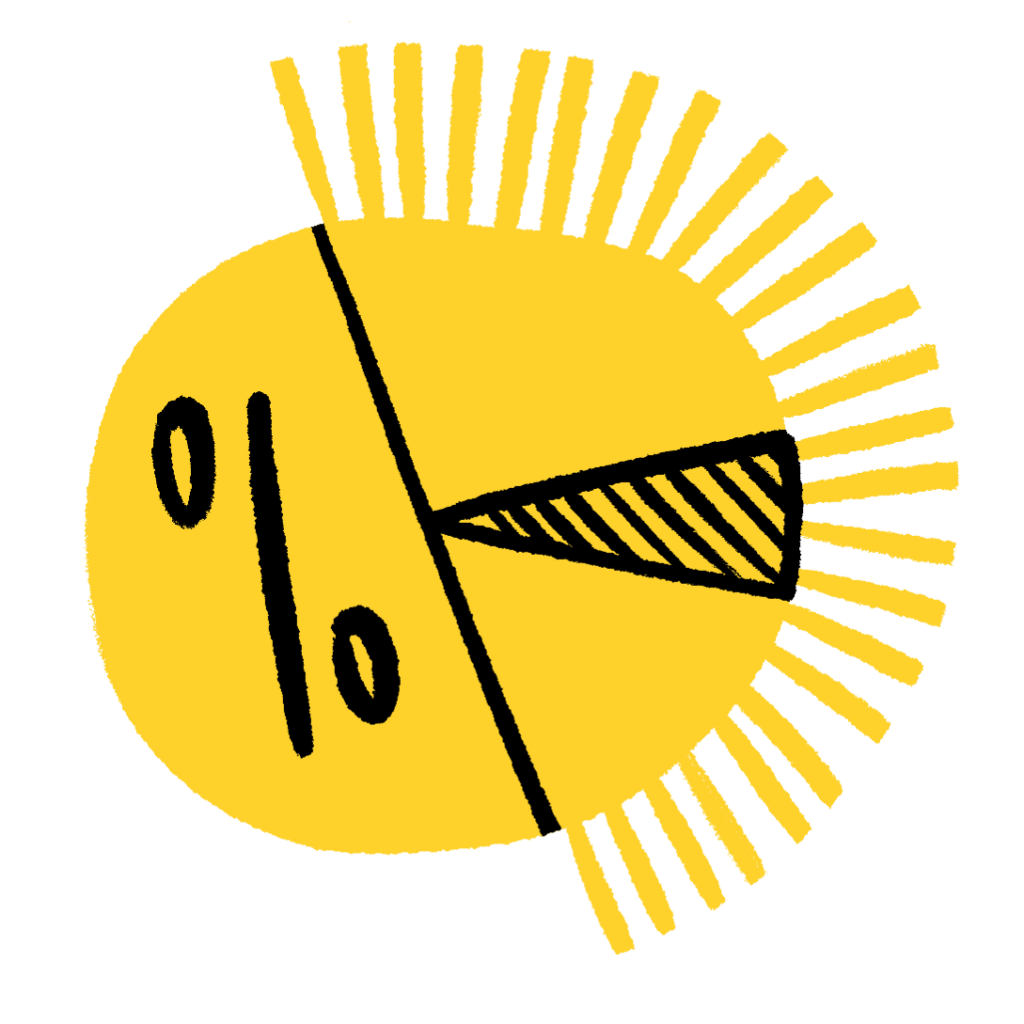
- Lower energy bills for the whole neighbourhood
- As producers of their own energy, residents would be less exposed to fluctuations in energy prices
- A more environmentally friendly lifestyle
- A stronger community spirit in the neighbourhood
The decision was made to found a cooperative for the energy community, in which all neighbourhood residents have an equal opportunity to influence matters. There are about 3,400 renewable energy cooperatives in the EU. The cooperative’s most important task is to promote the energy issues of the entire neighbourhood. The possible financial return will be directed to the development of the whole neighbourhood.
Since the sun shines in the beach town for most of the year, the cooperative decided to invest in solar panels as their first project. The houses in the neighbourhood still use electricity from the local grid but are now able to replace part of the energy they use with solar energy produced by the neighbourhood itself. In addition, the cooperative has also inspired the residents of the neighbourhood to organise joint recycling evenings and energy-saving campaigns.
The energy cooperative formed by the neighbourhood is just one example of what energy community can mean in practice. Energy citizenship and energy communities come in many forms, models and sizes. In the following we present some examples from project GRETA:
A virtual community sharing tips and encouraging a more ecological lifestyle (read more about the Earnest App)
A heating network covering a residential area, which uses renewable energy (read more about the UR BEROA community)
Collectives that maintain their own solar panel fields (read more about Coopérnico)
A network formed by several cities that supports the introduction of renewable energy (read more about the Natural Gas-Free Neighbourhoods network)
What are the benefits of energy communities?
Now we know what energy communities can look like. But what about their benefits, and why should they be promoted? There are several benefits; here are three examples.
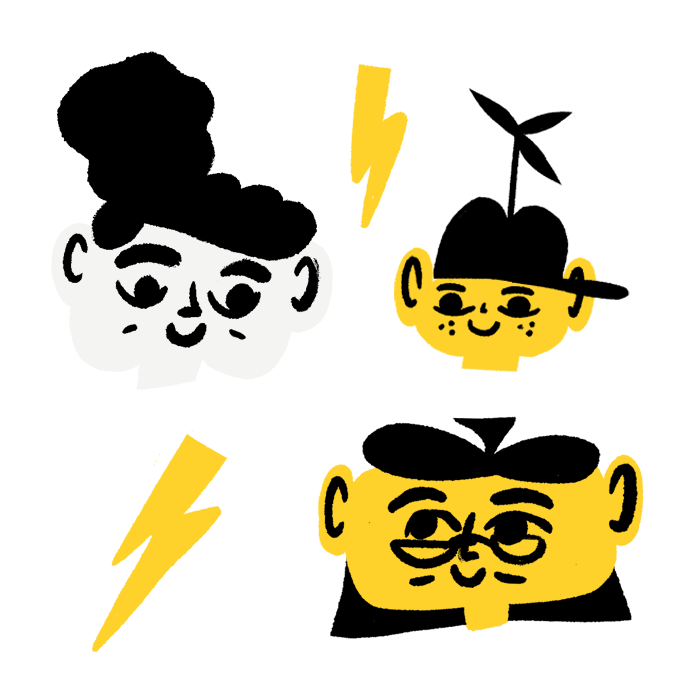
Collective power and effective action
The choices of even one person or household are important, but when many of us decide to take action together, the impact is much greater. Everyone can save electricity in their households and doing so is very welcomed, but in the case of large systemic problems, individual everyday actions are usually not enough to cause (long-term) change. The impact is greater if a neighbourhood or other community decides to act together. As a member of the energy community, the opportunities to make an impact increase, and often doing things together is also more fun.
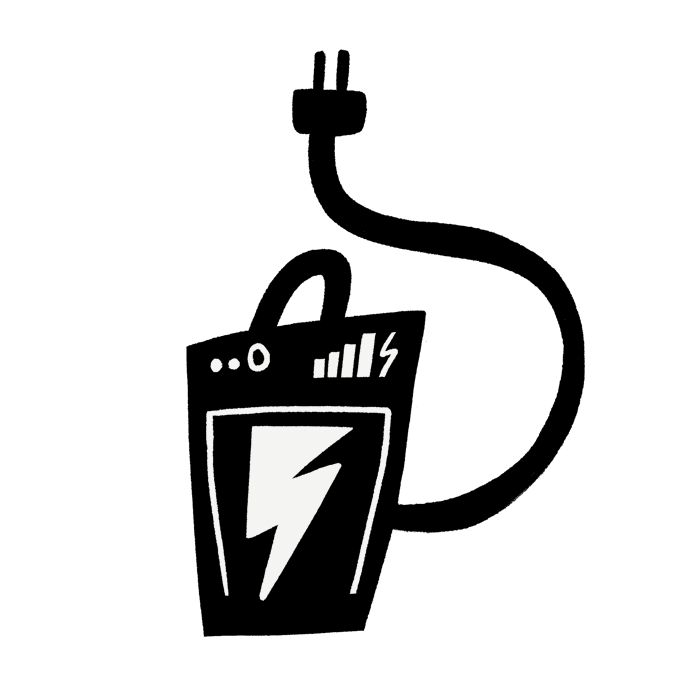
More equal opportunities to influence energy matters
Producing your own energy usually requires investments. For example, building solar panels on the roof is expensive, and only a few individuals or households can afford it. Energy communities increase your opportunities to influence matters when you can make purchases and save energy together with your community.

Increased understanding of energy, energy production and consumption
The ongoing energy crisis has forced us to find out more about energy production, and we have taken a big leap forward in what we understand, for example, about electricity production, consumption and price determination. Energy communities create a forum for knowledge-sharing and help in forming new habits that promote a more sustainable lifestyle.
What does all this require?
Energy communities are one highly viable solution to the current and future energy crises. But how can we encourage the emergence of energy communities? What motivates us to actively participate in the energy system? This is something we need more information about.
At GRETA, we study all aspects which help and hinder the emergence of energy citizenship and energy communities in Europe. It is known that for citizens to climb the steps of the energy citizenship ladder, solid groundwork has to be laid for it first.
For instance, producing your own energy and feeding surplus energy into the electricity grid for use by everyone must be made possible and profitable. This may require changes in regulation and careful planning on how to move from a centralised energy system in different European countries to a decentralised system.
However, regulatory changes and energy system reform will not be of use without motivated citizens. That’s why the following resources are needed for the creation of energy communities:
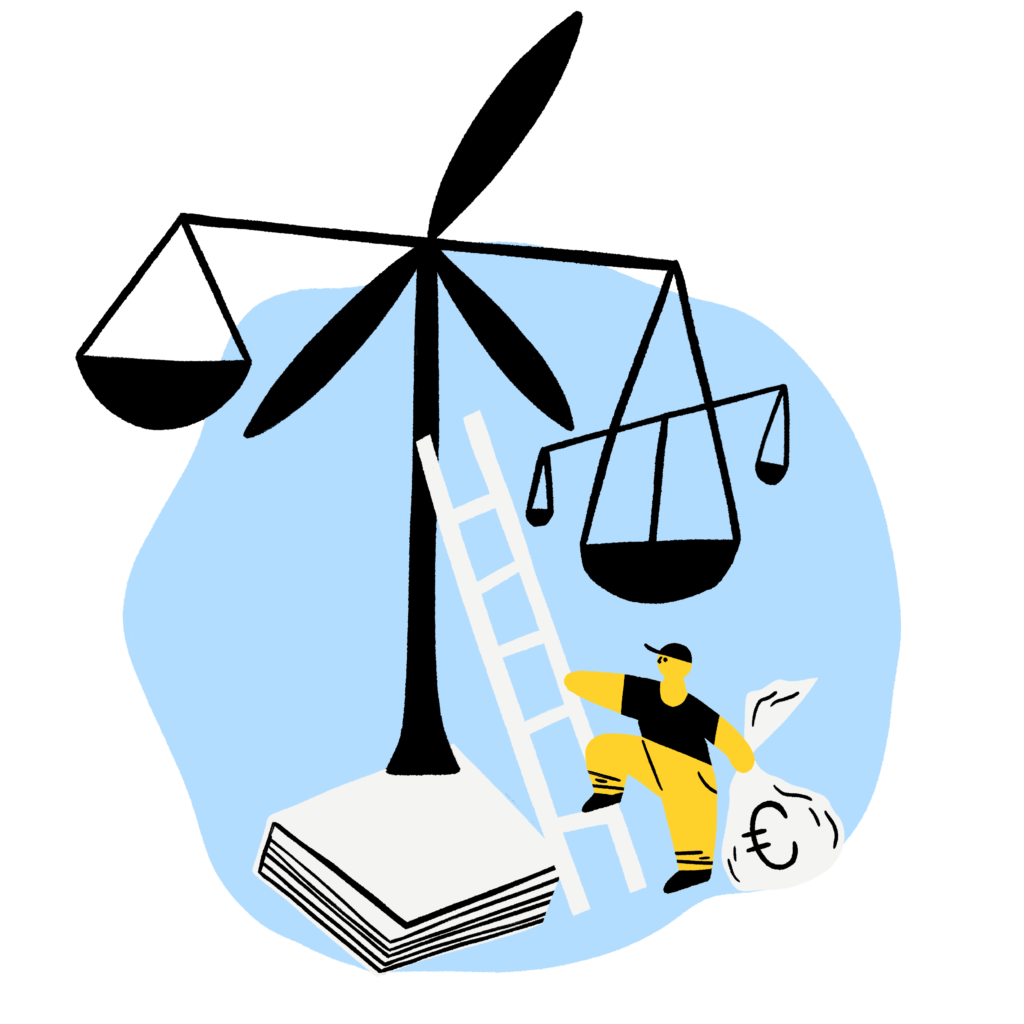
UNDERSTANDABLE AND ACCESSIBLE ENERGY INFORMATION
For many citizens, energy is still a very abstract thing that only becomes concrete in the form of electricity bills. Citizens’ energy awareness and motivation must be increased by providing reliable, comprehensible and visualised information about energy consumption, renewable energy and new technologies. For example, many energy companies provide information for consumers in various smartphone apps, newsletters and magazines. However, the information provided by these channels has to be as understandable and accessible as possible.
FINANCIAL SUPPORT
Of course, participating in the energy system and establishing an energy community also require financial resources. Energy poverty is a real and unfortunately growing problem. For energy communities to be born, subsidies offered by, for example, states, cities and municipalities are needed. Municipalities can, for instance, support energy renovations with various grants that can be applied for.
USER-FRIENDLY TECHNOLOGY
New technology is constantly being developed. When designing technology, the needs of the users and also the diversity of the user base must be taken into account. When technology is easy to implement, maintain and, if necessary, update, there are better starting points for adopting energy efficiency and new forms of energy.
THE OPPORTUNITY TO HAVE AN IMPACT AND MAKE DECISIONS ABOUT YOUR ENVIRONMENT
Above all, citizens should feel like they have the opportunity to influence the current energy system through their activities. This requires that opportunities for influence are strengthened and created by changing, for example, legislation and regulations. Energy justice ensures that everyone has an equal opportunity for energy citizenship.
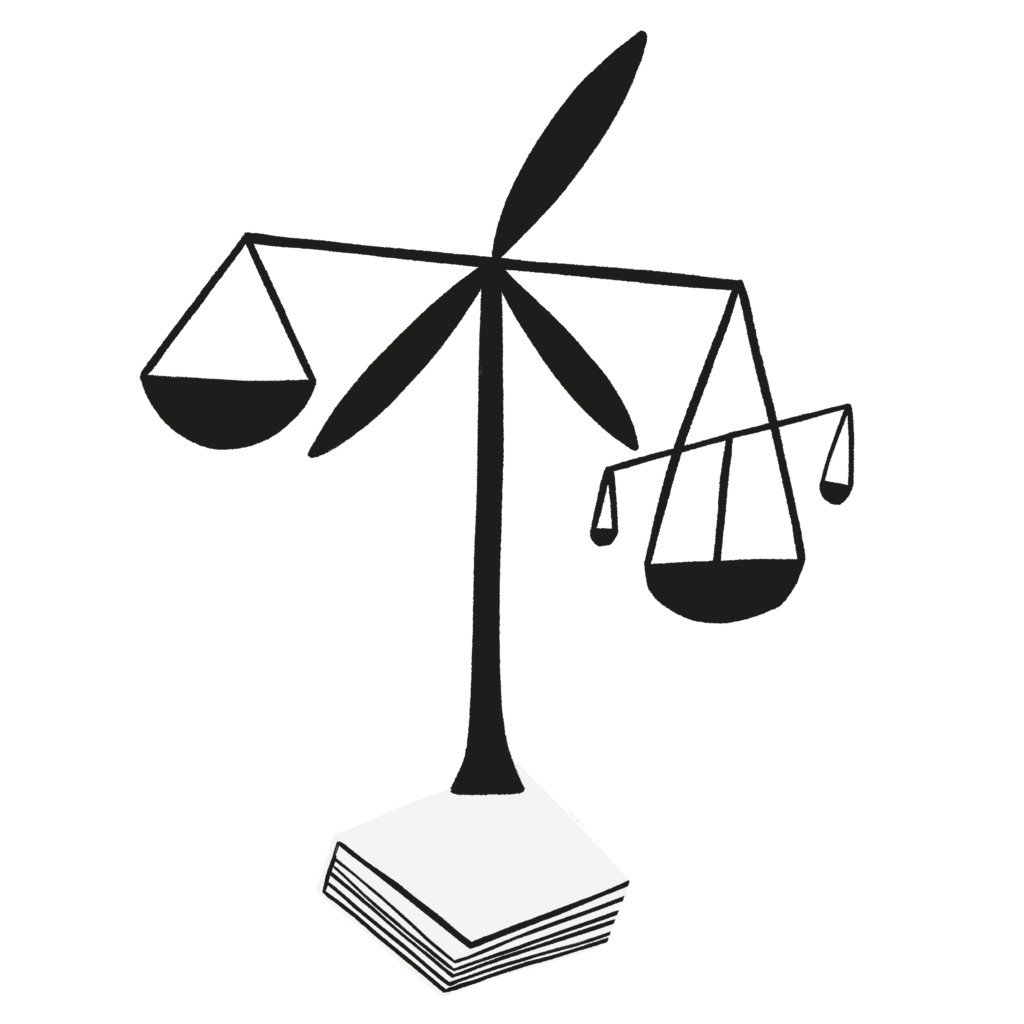
What does GRETA aim for?
At GRETA, we are studying these and many other ways how energy citizenship, including energy communities, could be supported in Europe. Removing obstacles and increasing opportunities is not a simple task but bringing about change is still possible. Energy communities have existed for a long time, and new ones are continuously being created. Legislation is also constantly being developed so that it would speed up a more sustainable energy system.
No one wishes for crises in the world, but when they happen, they present a learning opportunity. The Covid crisis taught us how to work remotely, reduce unnecessary travel, and made the whole world work to stop the pandemic.
The energy crisis is an opportunity for us to learn to understand energy production, save electricity and develop new sustainable energy production methods.
We want to raise awareness and encourage ordinary people and, especially in the future, communities (i.e. neighbourhoods, etc.) to work together efficiently, save and produce energy. Local communities can make a difference. We would thus be less exposed to energy crises. The solution is not yet ready, but steps are already being taken.
In 2023, we at GRETA will create information packages, tools and recommendations that help energy citizenship move forward. Follow our channels to be among the first to receive new research information and tools.
